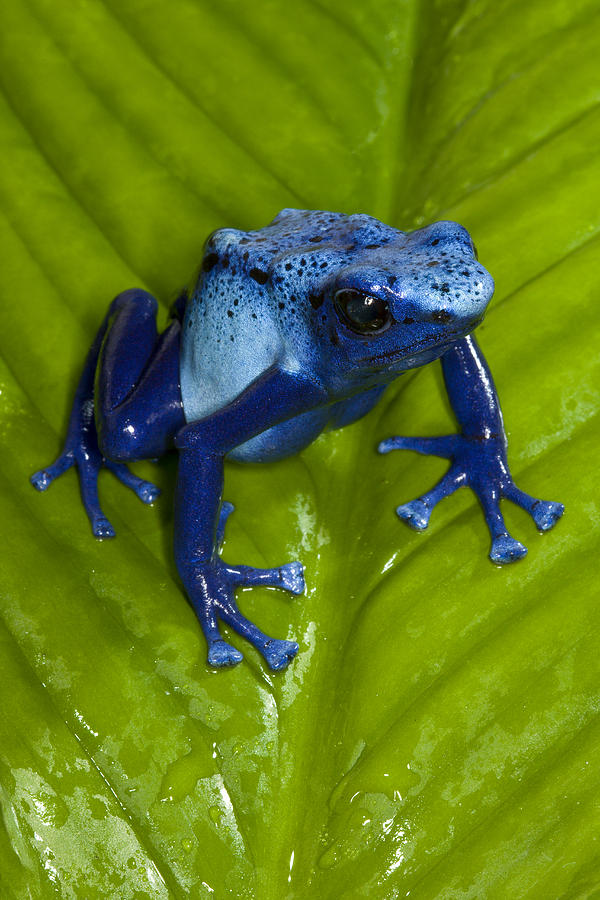

Also, if your intention is to grow live plants in the terrarium you must provide suitable LED lighting for them to able to thrive.įor substrate select something that can be used to replicate a forest environment. There are no known special lighting requirements for dart frogs, however providing a low level UVB bulb will likely be beneficial to them. Lastly, remember that all tap water must be treated with a good quality dechlorinator. This species won’t tolerate low humidity for long periods, especially if no other water source is available. This can be achieved easily by using a hand, pump sprayer, or automated rain system. This can be done several ways, but often the easiest way (when using glass terrariums) is to use overhead canopies and reflector domes with suitable basking bulbs.Īs these dart frogs are found mostly in primary forests, its best to keep them at humidity levels of 70% or above. Maintain temperatures between 22-26☌ (72-80☏) during the day, with a night-time temperature no lower than 18☌ (65☏). Young frogs can be reared in plastic terrariums or smaller glass enclosures. Provide a glass terrarium of at least 45 x 45 x 45cm (18 x 18 x 18”) to house an adult sexed pair, and larger, if there are more of them. However, if enough space is provided they will often form their own territories. Upon maturity, females can be aggressive towards one another, so it usually best to house one female per enclosure. House this species singularly, in sexed pairs or sexed trios of (2.1). They favour the thicker vegetation and are usually found close to the forest floor, among leaf litter and occasionally climbing trees. From wild observations, the frogs are found specifically in the localised forest islands around the Vier Gebroeders Mountain. The natural habitat consists of savanna, creeks, rolling hills and primary forest. This species is native to southern Suriname and is found in the Sipaliwini Savanna. Males develop wider front toe pads and have a less defined back arch compared to that of females.Ĭontrary to popular belief, Blue Poison Dart Frogs are not poisonous in captivity, scientists believe this is entirely diet based and studies have shown that captive bred specimens never develop this toxicity. Usually females are the larger of the two sexes and become longer and wider.

This species is not sexable until at least 10-12 months of age. This gives the frog an almost hunched appearance. This is a large species of dart frog with adults reaching sizes of up to 5cm, they are angular in shape, have long forelimbs and a prominent sacrum. The sides of the face and legs are unspotted and often a darker blue compared to the rest of the body. This two-tone colouration creates a spotted effect, with larger markings present across the dorsal and smaller spotting on the flanks. Predominantly blue in colour, bearing irregular patches of black. What does the Blue Poison Dart Frog look like?


 0 kommentar(er)
0 kommentar(er)
